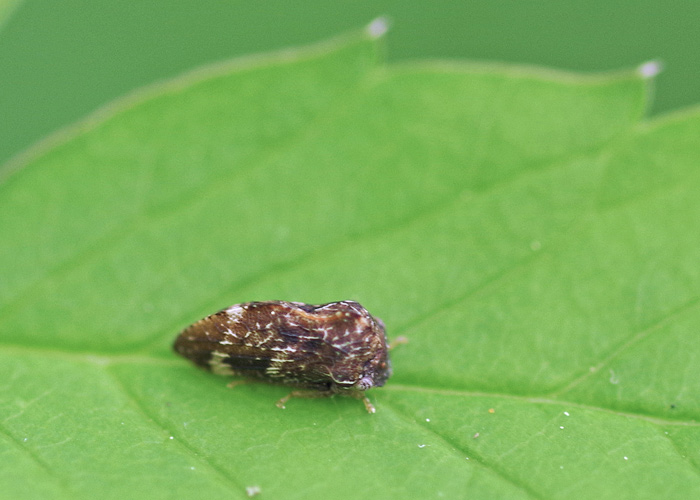Aster Treehopper
Aster treehoppers (Publilia concava) are found in the eastern half of North America. The BugLady usually sees them on goldenrods, but they can also be found on several other species in the Aster family, and the (winged) adults may move to woody plants.
